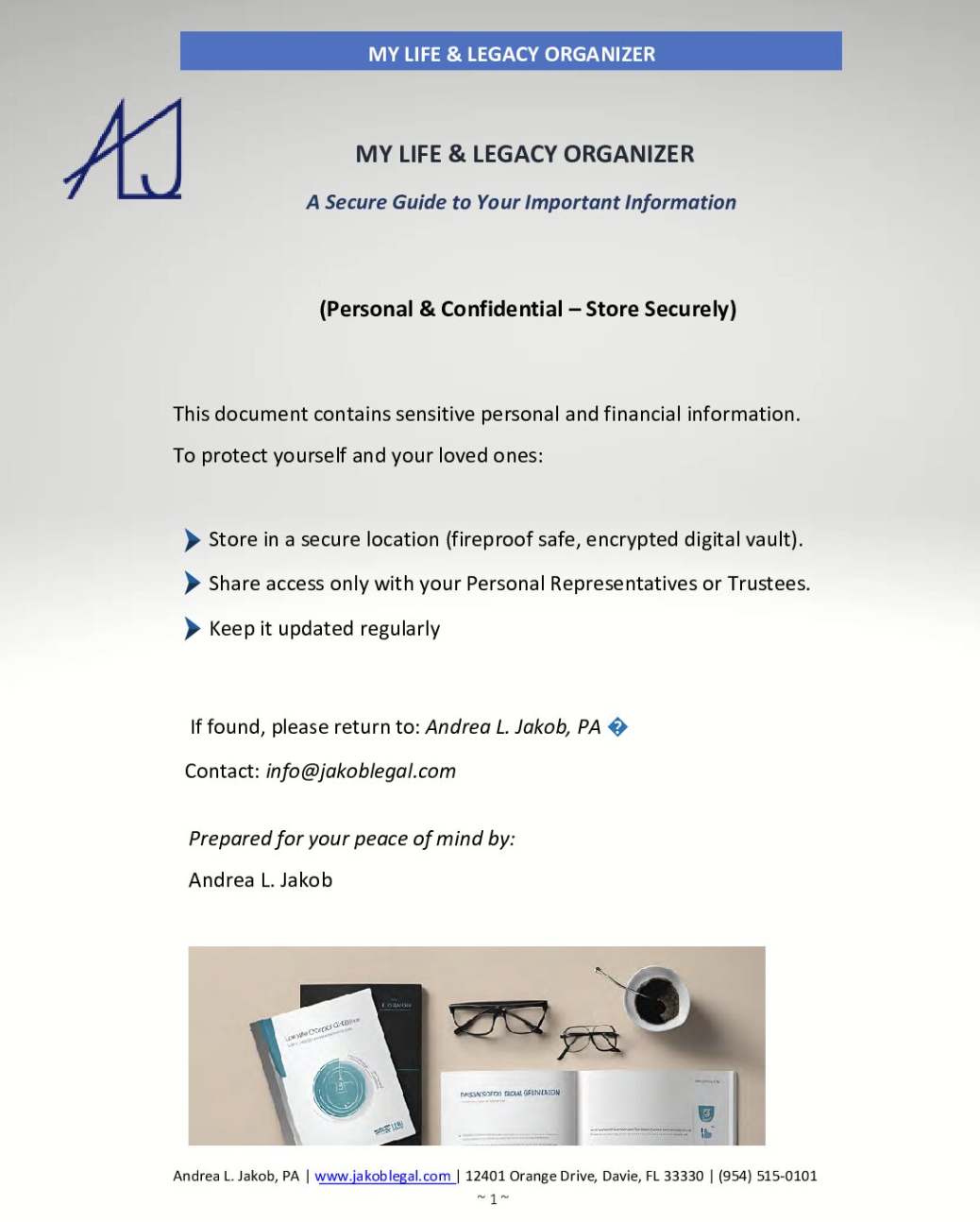Do you know which of your accounts have beneficiary designations, sometimes called transfer-on-death (TOD) or payable-on-death (POD) designations? Have you updated them recently? Are you aware of what can go wrong if there are issues with your beneficiary designation forms? If you answered “no” to any of these questions, read more to learn about the steps to confirm that everything is accurate, complete, and current.
Where to Find TOD, POD, and Beneficiary Designations
Your financial institutions, like your banks, your investments and your retirement plans probably have beneficiary designation options. These designations let you pass assets directly to your beneficiaries and avoid probate, which can reduce estate costs and speed up distribution to your loved ones.
What Can Go Wrong?
Beneficiary Forms contain common errors that result in costly estate planning mistakes. These errors include:
- Failure to name a beneficiary
- Outdated information (ex-spouse?)
- Inaccurate or missing information
- Improperly completed forms.
Even more so, many families have other circumstances that can create horrible unintended consequences:
- Overlooking complex circumstances: A beneficiary might struggle to manage their inheritance due to disability, special needs, poor money habits, mental health issues, or substance use disorder.
- Not naming contingent beneficiaries: If the primary beneficiary dies or can’t be found and no backup is named, it’s treated as if no beneficiary was named.
Here are some problems we often see in our office:
- Children with Money problems: If your child is named a direct beneficiary and is facing divorce, creditor issues, or even drug or alcohol abuse, the money you are gifting directly to that child will fall into the wrong hands.
- Your bank lost your beneficiary information! We’ve seen this countless times, recently, when the banks SunTrust and BB&T transferred accounts to Truist but didn’t transfer all beneficiary designations. These became probate accounts and required court-supervised probate.
Last summer, I personally had a small retirement account transferred to a new institution. When I called to transfer to a preferred one, I found my own beneficiary designations did not pass.
Steps to take:
I usually say April, when preparing your taxes, is a great time to review your beneficiary designations. Also, many folks never update their estate plan since creating it, and many haven’t updated it in the past 10 to 15 years. You must review your beneficiary designations at least every few years or after significant life events. Thoughts to consider:
- Are these beneficiaries still the people you want to receive your accounts?
- Are the beneficiaries still living?
- Are they capable of managing the inheritance?
- Is there more than one beneficiary named, and if so, how hard is it to divide the account or property, and what is the potential for conflict between/among the beneficiaries?
- Have you informed the beneficiaries that they are named? Do they know how to claim their inheritance?
- Are you fine with them receiving an outright distribution, or are safeguards needed?
Get confirmation from financial institutions to ensure your designations are correct. For added protection, consider naming a trust or a charity as a beneficiary.
Avoid letting a simple clerical error derail your estate plan. Call us to ensure everything is accurate and reflects your intentions.

